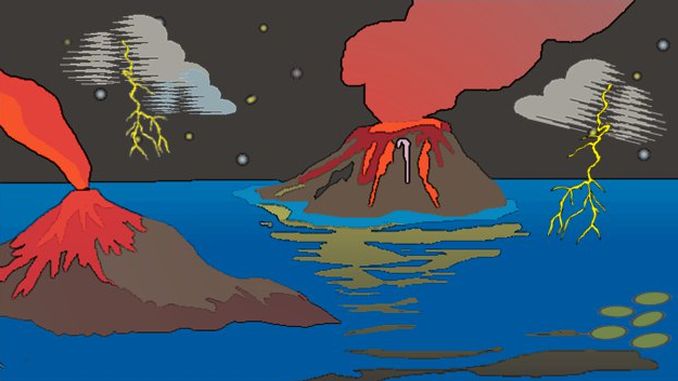
The Siebengebirge is about 30 million years old. That’s beyond a human’s imagination, yet in geological terms, earth history, it’s just a blink of the eye.
Cenozoic
Quartiary
Holocene (10,000 years ago – today)
Since the beginning of the Quaternary, the plants and animals are similar to ours today, only a few species highly adapted to the Ice Age did not remain. The final chapter in the history of the Earth is at the same time the first chapter in the history of mankind.
Pleistocene (2,6 mya – 10,000 years)
The Ice Age. On the Northern Hemisphere, it was very cold, snow and ice spread from the North Pole, and covered wide areas of North America, Europe, and Asia. Mammoths lived at the Drachenfels!
Tertiary
Neogene
Miocene (23,8 – 5,3 mya) and Pliocene (5,3 – 2,6 mya) are considered as the age of the elephant. Also the first cattle species appeared. In many Miocene animals, we can see the kinship with today’s animals, so in the horse, camels, elephants, deer and big cats (except for the saber-teeth). The first hominids appear.
With the final volcanic eruption, Mount Petersberg came into being.
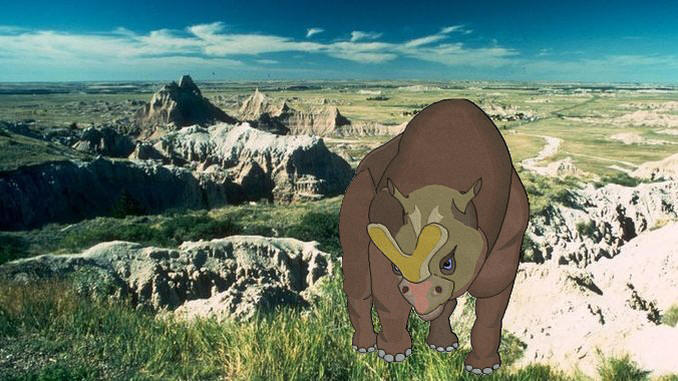
Paleogene
In the Oligocene (33,7 – 23,8 mya), the primeval forests vanished, instead grassland spread, and with it the grass eating animals. The first apes appeared.
There was volcanic activity in the region of the Seven Mountains. Three times large volcanic eruptions occurred, with the lava rolling, overlapping, cooling and creating hills, that were then shaped over the millenniums by the wind and weather into the landscape we see today. Besides the ancient slate, as a result of these three large eruptions, there were three newer types of rock, sorted by age: trachyte (Drachenfels), latite (Wolkenburg, Stenzelberg) and basalt (Ölberg, Petersberg).
In the Eocene (54,8 – 33,7 mya), the mammals became larger and varied: there were the ancestors of our today’s animals, but also strange-looking animals like large, carnivorous running birds.
In the Paleocene (65 – 54,8 mya), the earth gradually took the shape that we know today. Tiny mammals almost seemed lost in the extensive jungles. Already during the Cretaceous, many new life forms had appeared that now diversified and flourished flowering plants, modern groups of insects including bees.
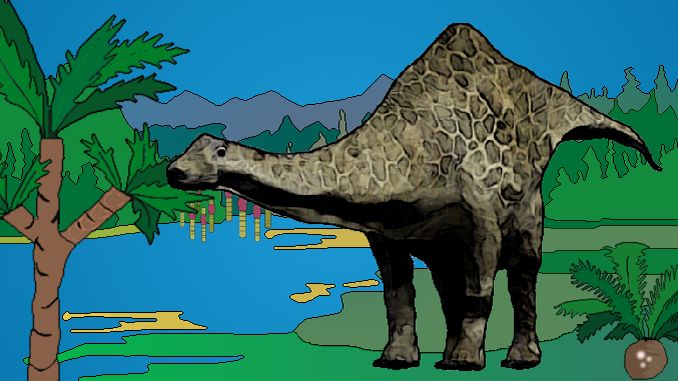
Mesozoic
Cretaceous (144 – 65 mya)
There were more dinosaur species than during the Triassic and Jurassic together. At the end of this period, an asteroid hit the Earth in the Yucatán Peninsula, Mexico, today we speak of the Chicxulub impact crater. It was a terrible event for all the dinosaurs and many other species who went forever.
Jurassic (206 – 144 mya)
During the Jurassic giant herds of gargantuan plant eaters, the largest land animals of all time, migrated through the world back then. They had always to watch out for big flesh eaters and smaller, lighter built predators. Pangea began to break up.
Triassic (248 – 206 mya)
After so many animal groups had died out at the end of the Permian, the Triassic was a new beginning. Now big reptiles roamed through the landscapes and waters of the Pangea, and they evolved into dinosaurs, pterosaures (flying dinosaurs) and crocodiles.
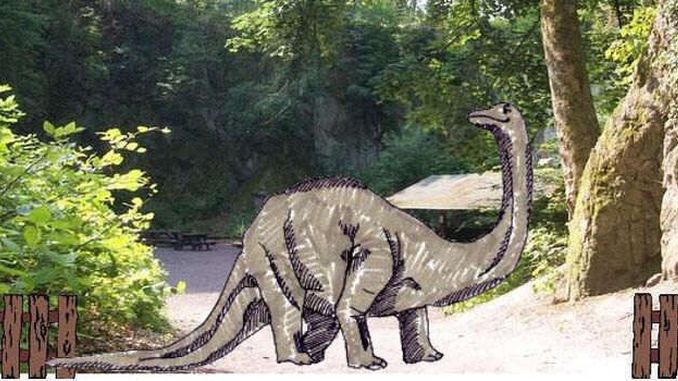 Did the dinosaurs know the Siebengebirge?
Did the dinosaurs know the Siebengebirge?
When we study earth history, we deal with million, even billion years. This is beyond human imagination, at least beyond mine 🙂
So I try to find some sort of “anchors”, to not get lost in this past beyond our time.
Paleozoic
Permian (290 – 248 mya)
All landmasses were assembled in a new super continent, Pangea. The Permian was a time of change for animals and plants. Sea animals, amphibies, reptiles, sea animals, early mammallike animals roamed through the landscapes and waters of the Pangea. The Permian ended sadly, almost half the animal groups died out.
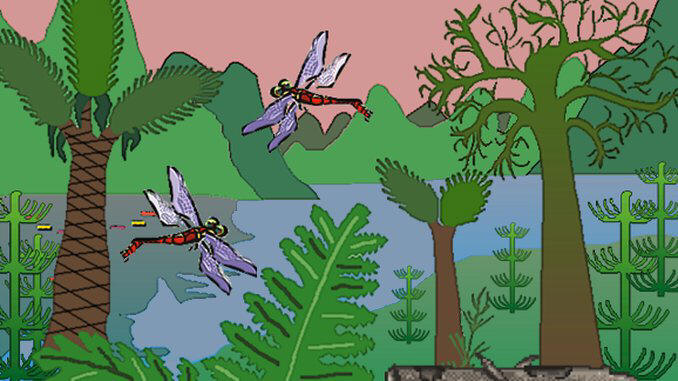
Carboniferous (354 – 290 mya)
The term “Carboniferous” refers to the rich deposits of coal that occurred during this time through Northern Europe, Asia, and North America. Back then, dense forests of exotic trees covered large parts of the Pangea. Amphibians and reptiles evolved in great variety there and became huge.
Devonian (417 – 354 mya)
The Devonian was the age of the fishes. But also the dry land became alive and green, and by the end of the Devonian the first vertebrate animal coming from the sea, the amphibian Ichthyostega, discovered the dry land as new habitat for himself and his descendants.
Silurian (443 – 417 mya)
Also the Silurian world was a water world, dominated by the giant Panthalassic Ocean. The ice melted and the climate became milder, lush life teemed in the warm oceans and coral reefs appeared. In the swamp regions the first plants grew, and the centipede was the first animal to crawl over the dry land.
Ordovician (495 – 443 mya)
The Ordovician world was a water world. A giant ocean, the Panthalassic Ocean, covered almost the whole Northern Hemisphere, so most of all the sea animals evolved in great variety, among them starfishes, brachiopods and jawless fishes. By the end of the Ordovician another ice age began, it was one of the coldest times in earth history.
Cambrian (545 – 495 mya)
In the ancient oceans Iapetus and Panthalassia a great variety of small animals evolved within a short time, among them trilobites (“Cambrian Explosion”). The oxygen level of the atmosphere further rose and reached approximately present day level.
Proterozoic (2.5000 -545 mya)
This period in earth history is also called the age of “hidden life”. There are hints that simple life forms existed already about 1,000 million years ago, yet it is difficult to find out who they were and how they lived. What we know about ancient animals is what we learn by studying fossils. However, the living things in those ancient times didn’t have a hard, protecting shell, yet that could have been preserved for us, so almost nothing has remained from them. The oldest animal fossils date from the last period of the Proterozoic, the Vendian (600-540 million years ago). They were found in the Ediacara Hills in Southern Australia.
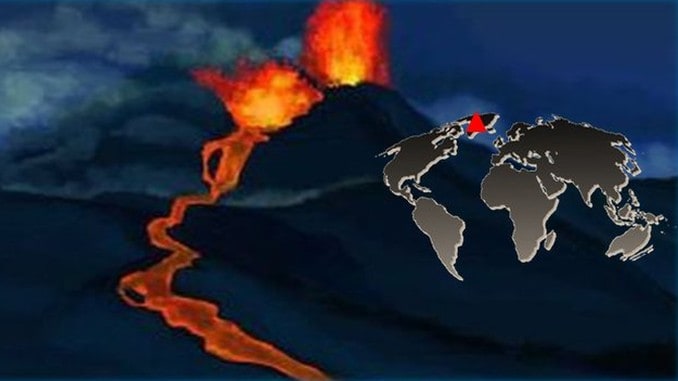
Archean (3,800 – 2,500 mya)
The oldest stones that we know of, found in Greenland, South Africa and Australia, are about 3.800 million years old. About 3.500 million years ago the first traces of life appeared in the sea, close to the “Black Smokers”: bacteria and single-celled blue algae.
Hadean (4,600 – 3,800 mya)
Hadean time is the period between the forming of the Earth and the oldest rocks found. During the first million years of its existence, the “Blue Planet” was a giant ball of embers. As it cooled off in the coldness of space, the embers on the surface solidified into rocks. Underneath remained a layer of melted stones, the earth mantle. Enormous forces from deep inside the earth continued to have an effect on the surface and the solid crust was folded and broken over and over again. The earth further cooled off and began to build an atmosphere, yet the oxygen level was extremely low. About 4,000 million years ago ancient oceans came into being.

Be the first to comment